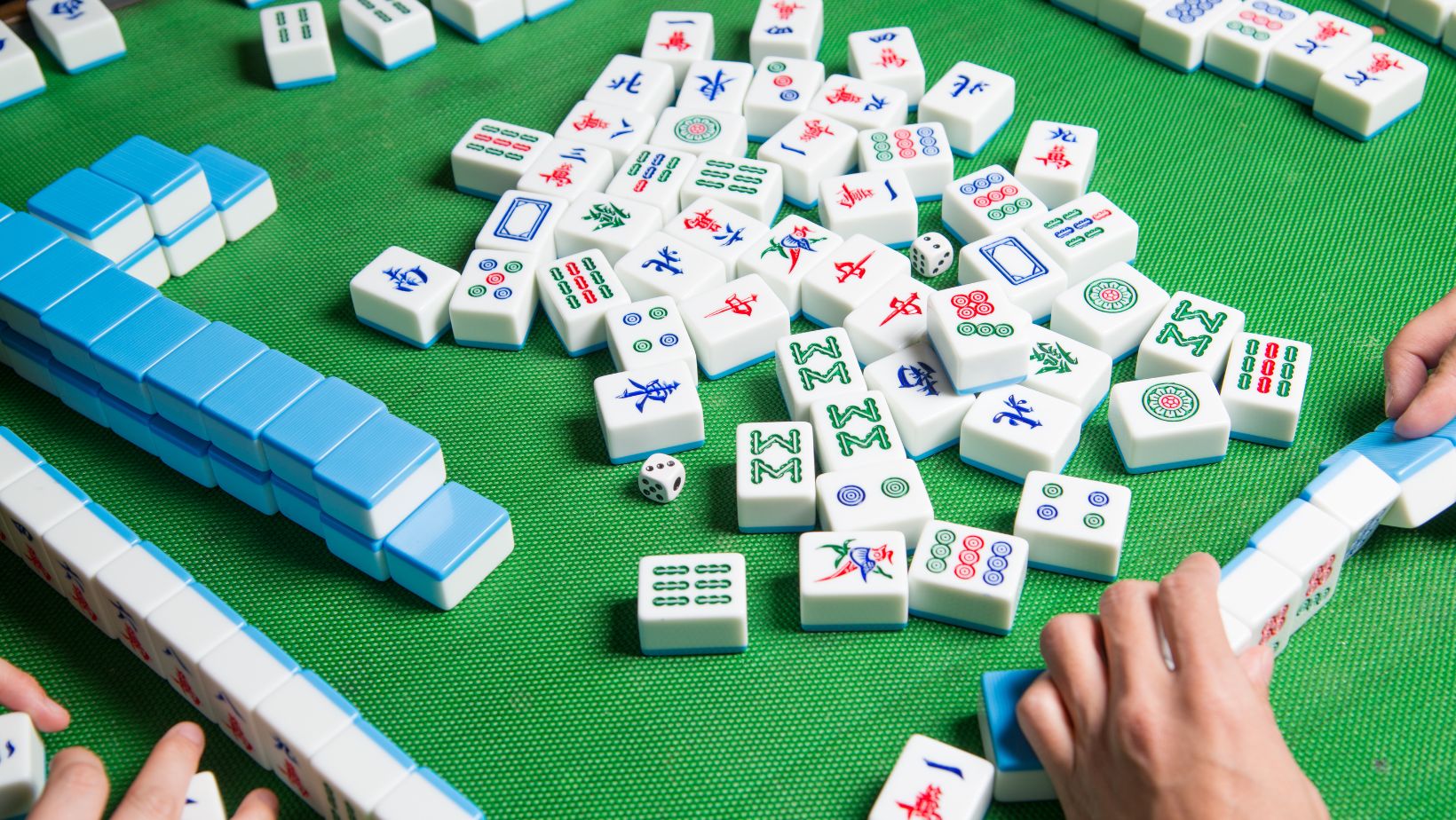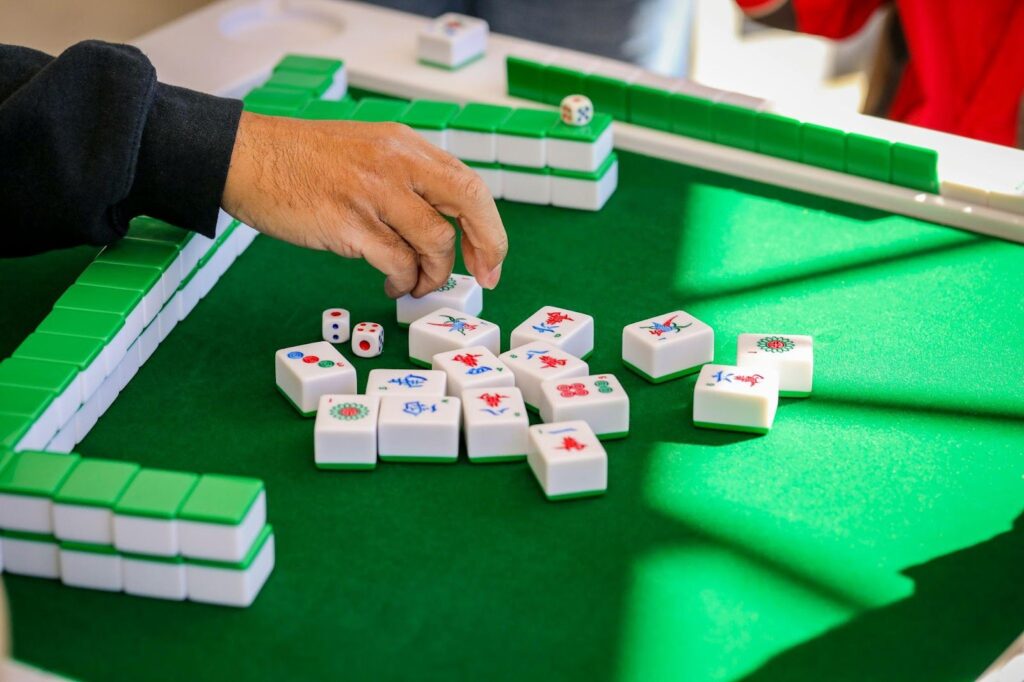When people discuss activities that can unite diverse groups of people, they will mention card hobby nights, chess clubs, or video games where people cooperate. However, there is one more game that has tried and survived the test of time: Mahjong. Once the subject of festivals in several cultures, it is currently finding new life as exactly that—a way to bring together digital-native and older generations who have differing expectations about how to play (seated, around a table).
Mahjong is not a thing of the past or an underworld entertainment. It’s a game that speaks two languages at once, the familiar rhythm of traditional analog games and the layered systems modern gamers expect. That’s what makes it such a strong candidate for cross-generational play.
A Familiar Yet Novel Experience Across Ages
For players who came of age with decks of cards, dominoes, or dice, Mahjong feels instantly approachable. The weight of the tiles, the satisfying clack as they hit the table, and the tactile memory of sorting and arranging are all part of the draw. It doesn’t rely on screens or controllers; it’s grounded in touch and rhythm.
Meanwhile, digital natives are used to learning through complex systems, strategy titles, esports, and RPGs with endless modifiers. For them, Mahjong’s patterns and rule depth feel like home. The learning curve isn’t a deterrent; it’s the appeal. It challenges them with the same kind of layered thinking they use in competitive online arenas.
That overlap creates something rare: a game that feels both familiar and new, depending on which side of the table you’re sitting on. The Mahjong365 official site highlights this duality, showing how the game continues to thrive in both traditional and digital spaces.
A Game of Systems and Stories
Modern gamers think in terms of systems. They understand meta-strategy, probability, modifiers, and the impact of rules stacking on top of each other. Mahjong fits neatly into that mindset.
For those more accustomed to analog traditions, Mahjong isn’t abstract math; it’s a practice they’ve lived. The rules have meaning beyond the numbers, tied to gatherings, rituals, and countless hands played.
That’s where Mahjong stands out. It doesn’t force either group to compromise. Instead, it acts like a translator. Younger players can see the game through the lens of systems and mechanics, while older players recognize it through memory, tradition, and ritual. Both experiences are valid, and both strengthen the game’s ongoing appeal.
Social by Design, Not by Technology
If you ask gamers today what makes multiplayer work, they’ll probably talk about online lobbies, guilds, or Discord servers. But Mahjong has been delivering social connection for centuries without needing a headset or Wi-Fi signal.
The setup itself demands presence. Sitting around a table, players learn to read each other’s choices, anticipate moves, and adjust in real time. There’s teamwork in spotting patterns, rivalry in pushing for the winning hand, and plenty of storytelling once the tiles are cleared.

For younger players, this is a reminder that some of the best “multiplayer modes” happen face-to-face, without screens mediating the experience. For those who already love Mahjong, it’s a confirmation that their favorite game belongs in the same conversation as esports, co-op raids, and tournament play. The principles of interaction are the same; the technology is just different.
A Bridge Between Screen and Table
The line between physical and digital play is blurrier than ever, and Mahjong sits comfortably in both worlds.
For new players, digital platforms are often the gateway. They remove the intimidation of complex scoring by automating calculations, provide tutorials that explain rules step by step, and make it easy to find matches at any time of day. It’s a low-barrier entry point that builds confidence before moving to the physical table.
For those already steeped in Mahjong traditions, digital apps expand the game’s reach. They make it possible to connect with other enthusiasts even when schedules or geography make in-person games harder to organize. In that way, digital Mahjong doesn’t replace the table; it extends it.
This back-and-forth between screen and table is exactly what makes Mahjong such a strong connector. It doesn’t force players into one format or the other. It shows how both can work together, keeping the game alive in any setting.
The Perfect Intergenerational Match
Scaling with experience- this is one of the best qualities of Mahjong. Its rules are very simple, and inexperienced players only need small portions of time to absorb the fundamentals, particularly learning to read tiles and finish basic patterns. The strategy also increases with skill. Now all of a sudden, it is about foreseeing discards, dealing with odds, and pursuing hands with more points.
Such a progressive depth maintains the interest of both the casual and the serious players. This is in contrast to most card games, which are frequently taught and re-taught and/or complex and intimidating modern digital games. The golden mean is found in Mahjong. It is layered enough to please those with a taste of stratified strategy, but earthy enough not to alienate those who like rhythm and sameness.
That harmony is what makes it more than a mere game, that is, a common place where anyone can play in a different way, so that all styles coexist.
To Wrap Up
Mahjong proves that the future of gaming doesn’t always rely on the latest hardware or trends. Sometimes, the missing piece is already on the table, waiting to be recognized in a new light.
It’s not about compromise between generations but about finding common ground. Mahjong manages to do both at once, offering a timeless connection that keeps players engaged, no matter their background.

